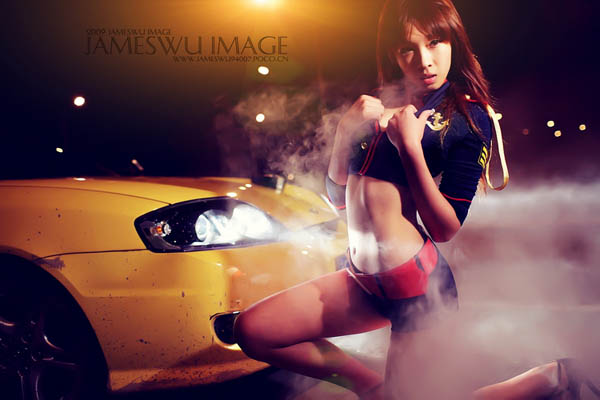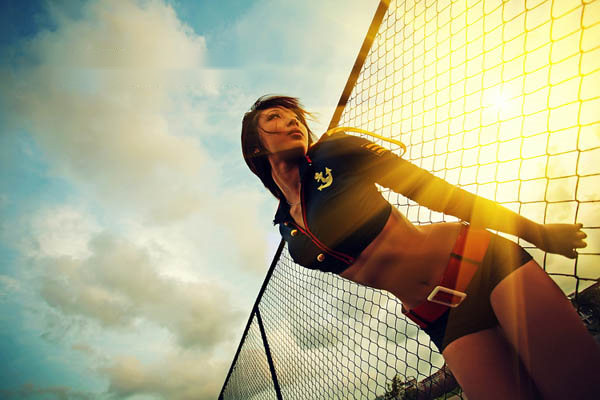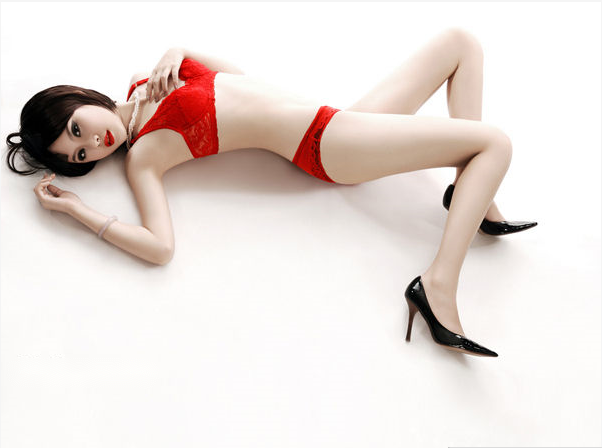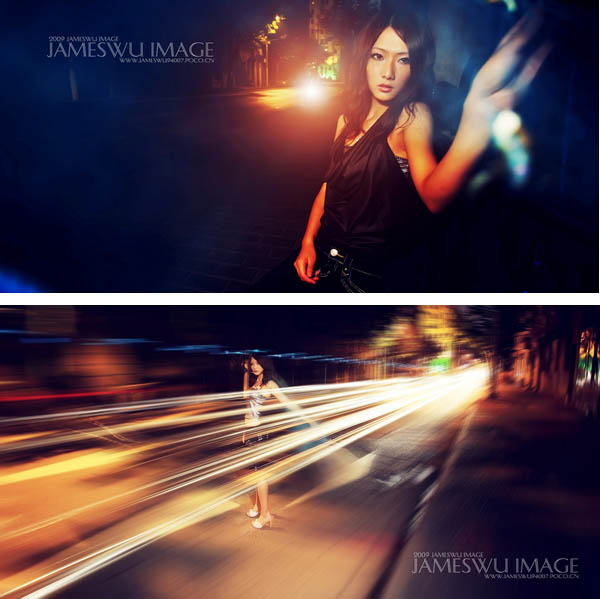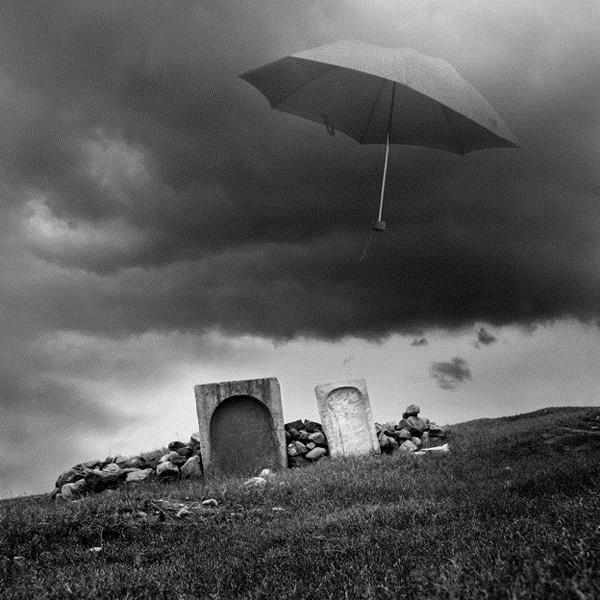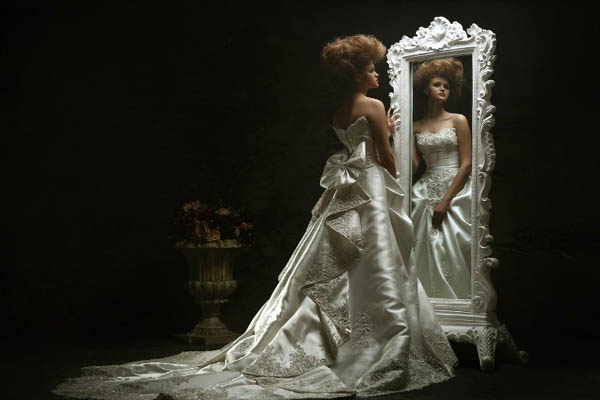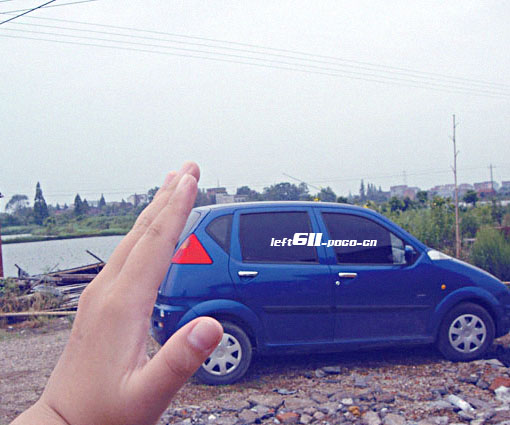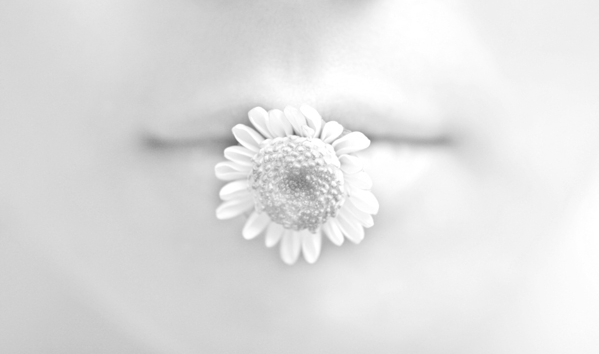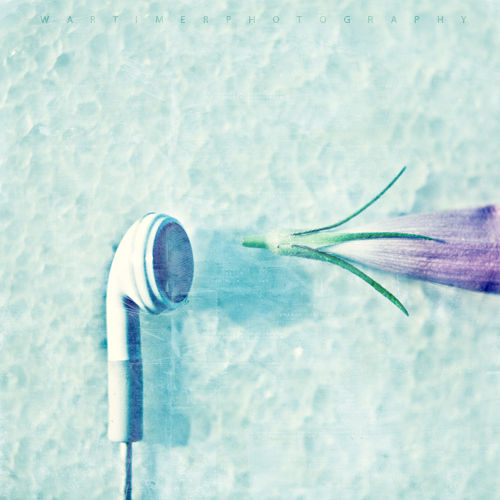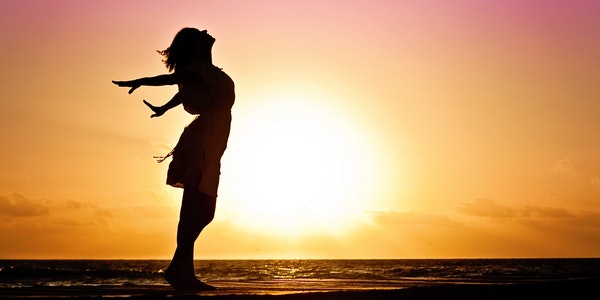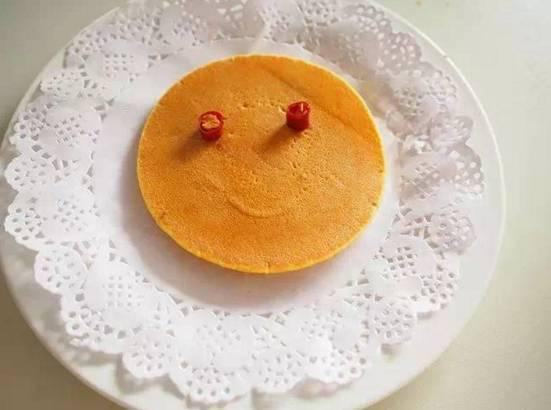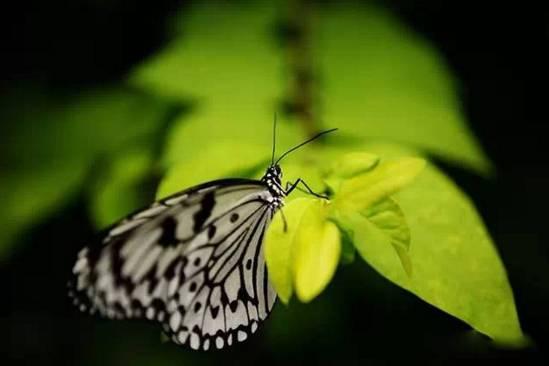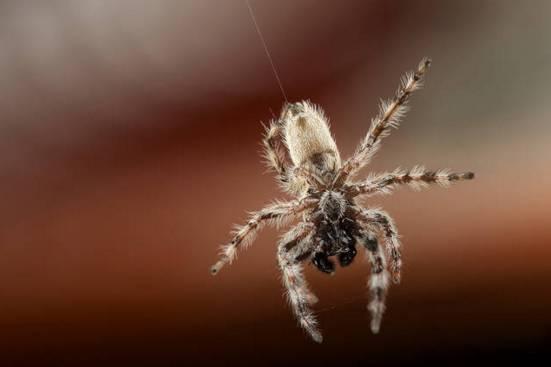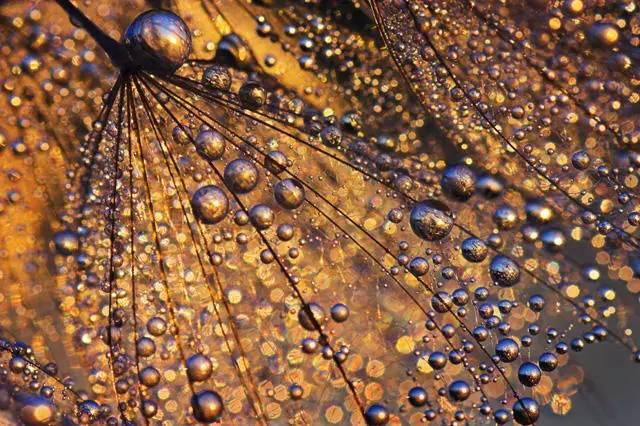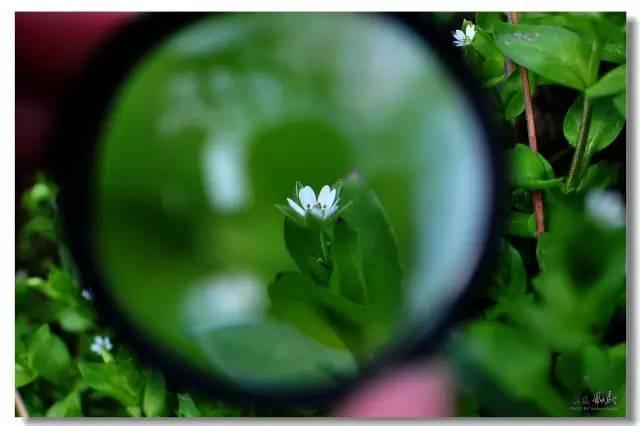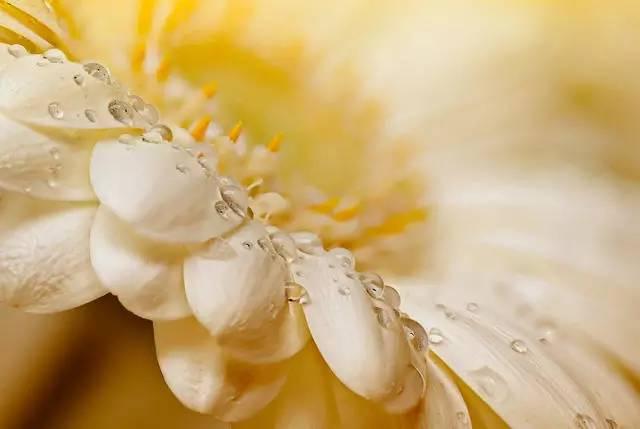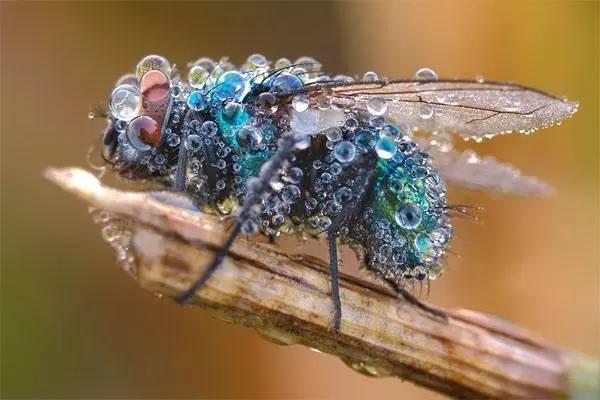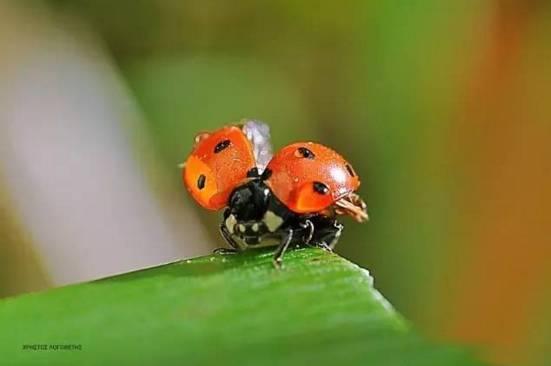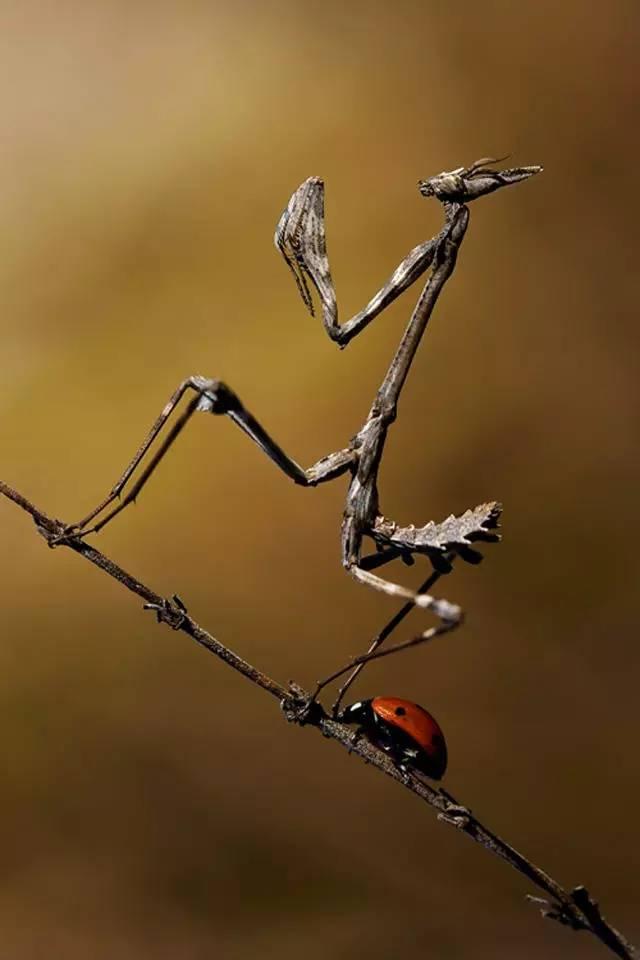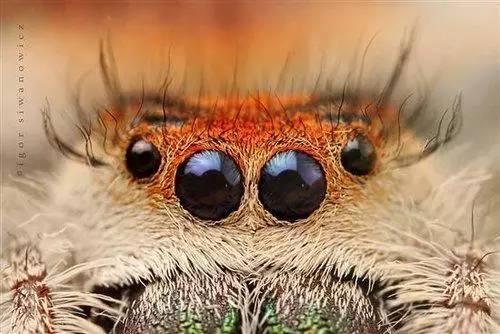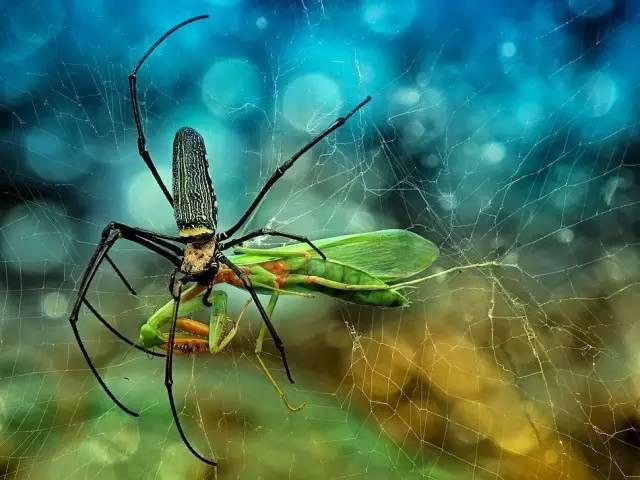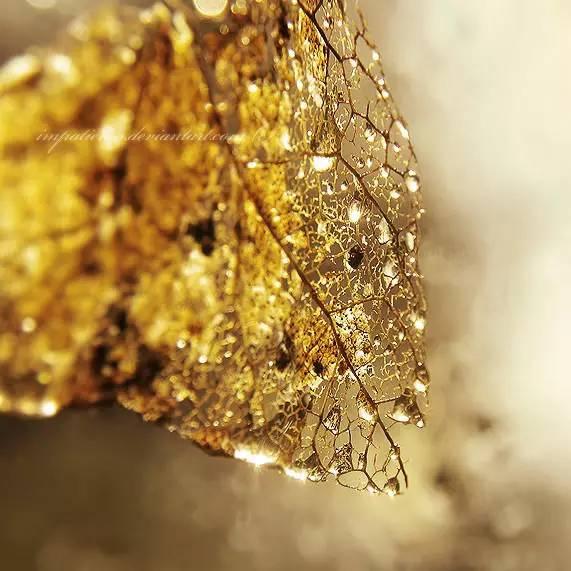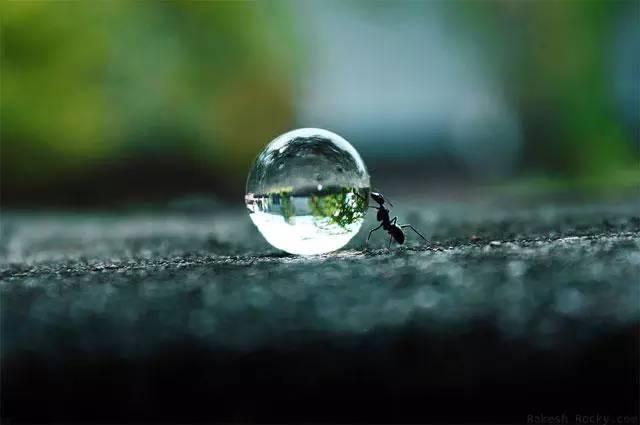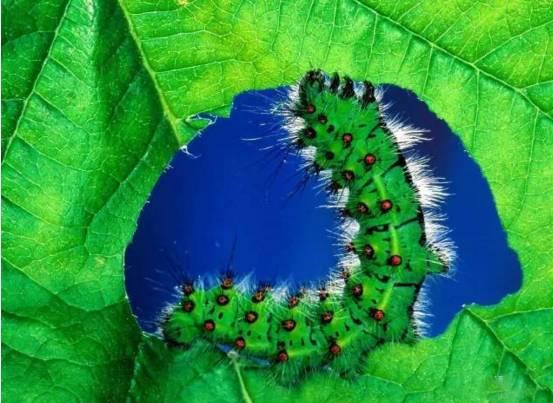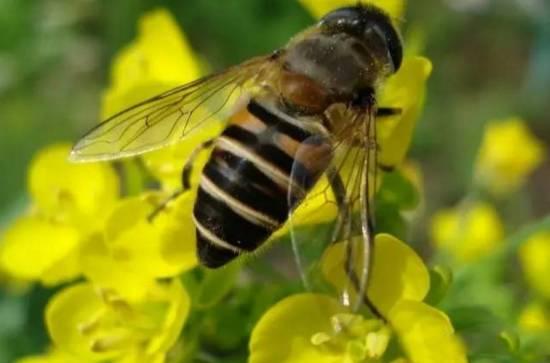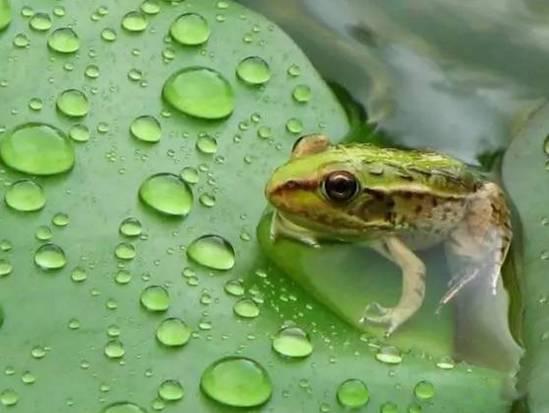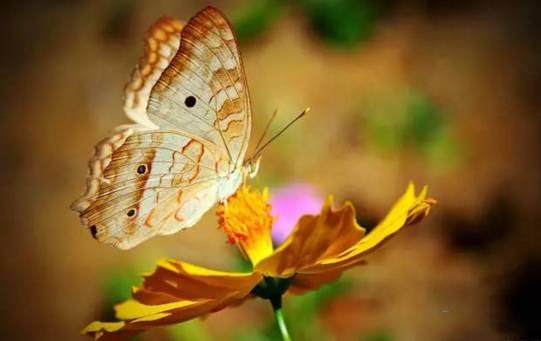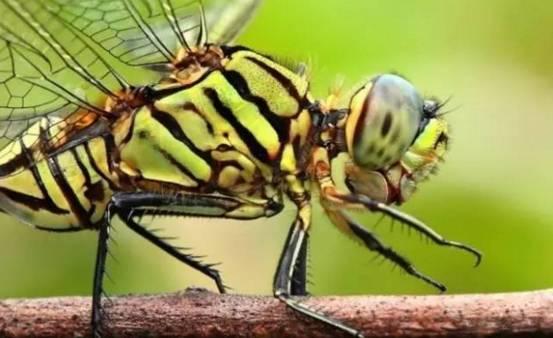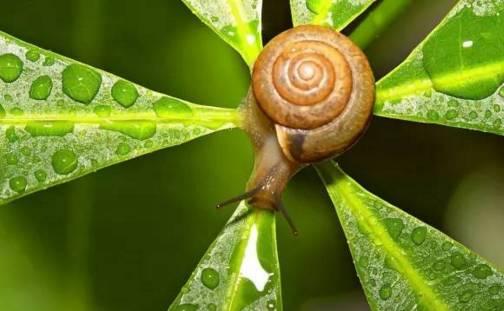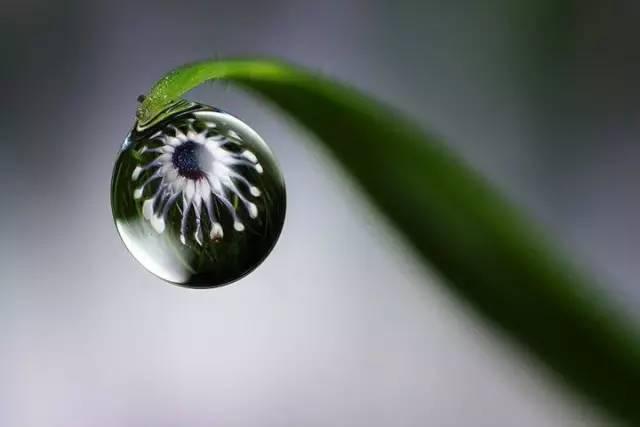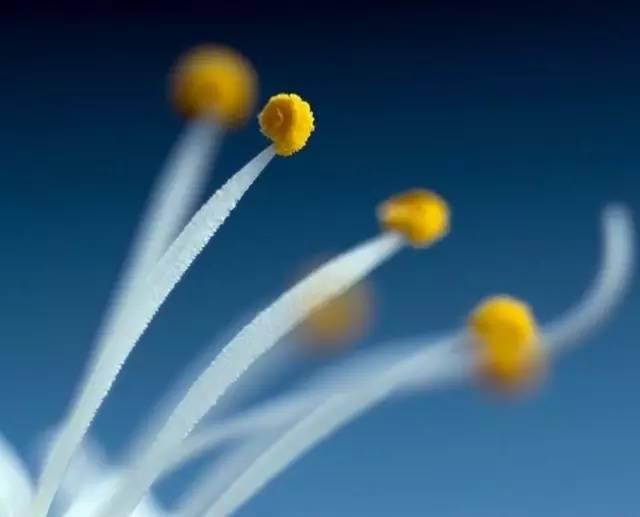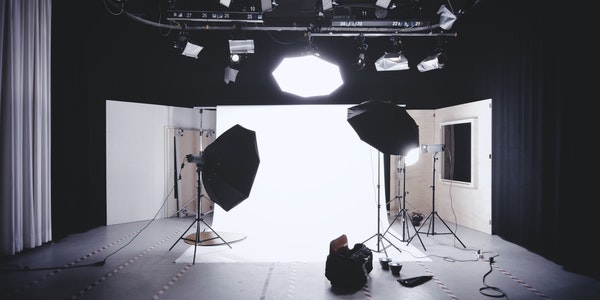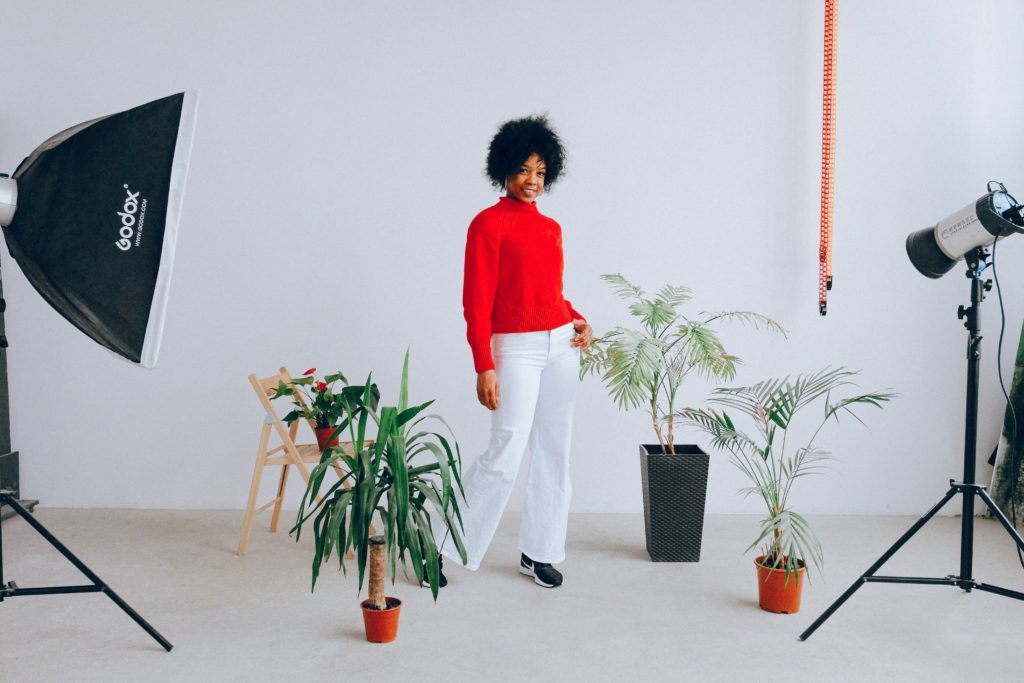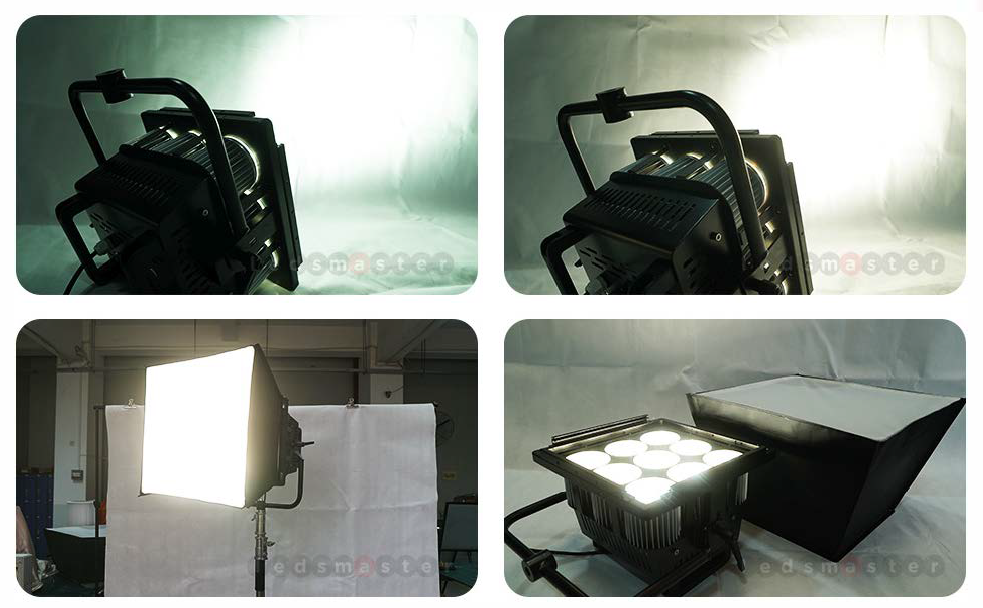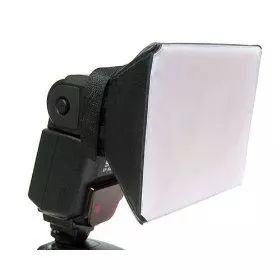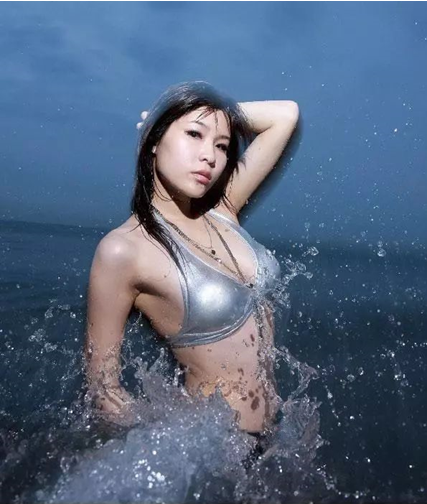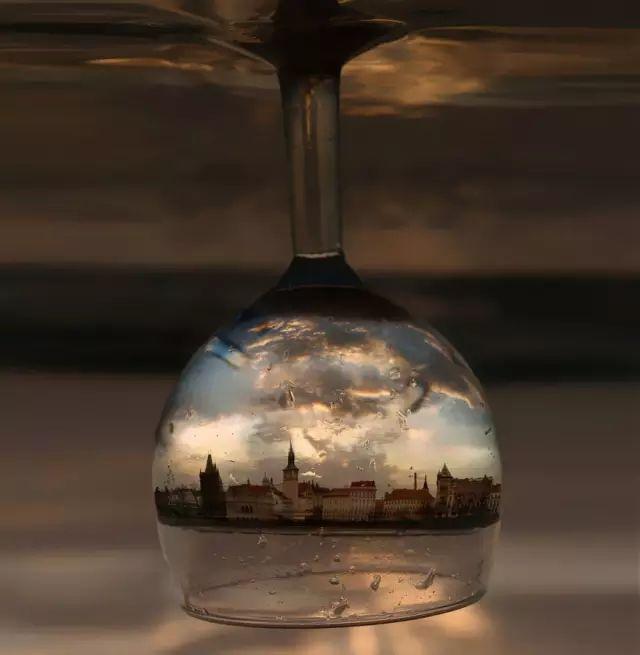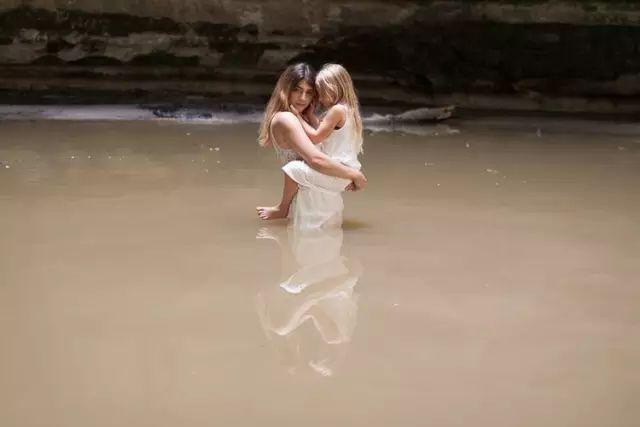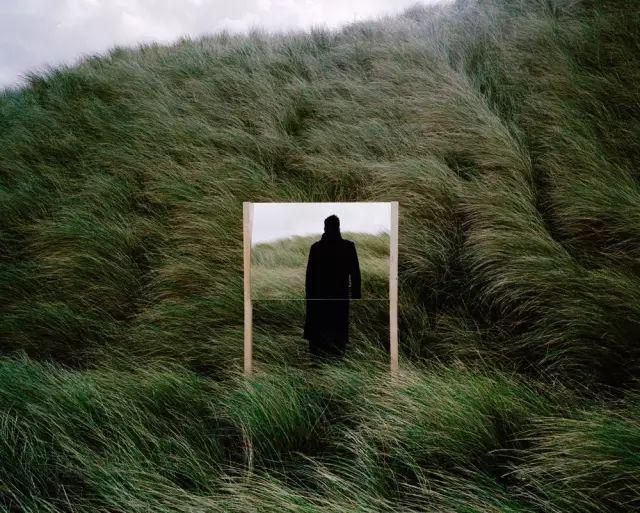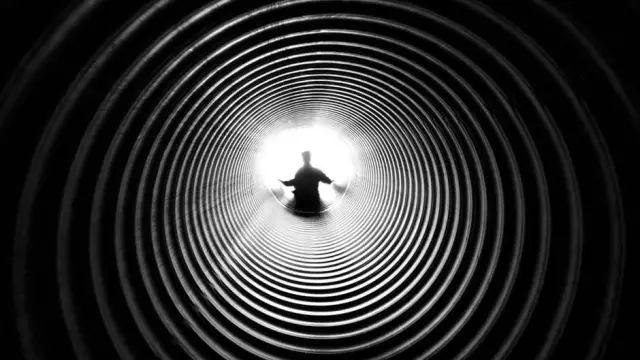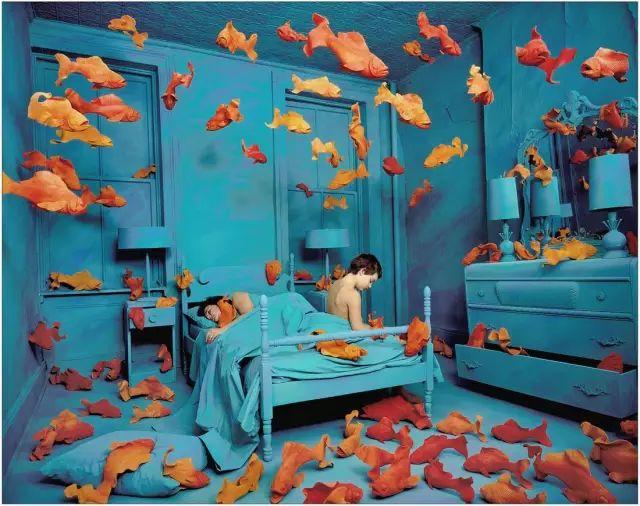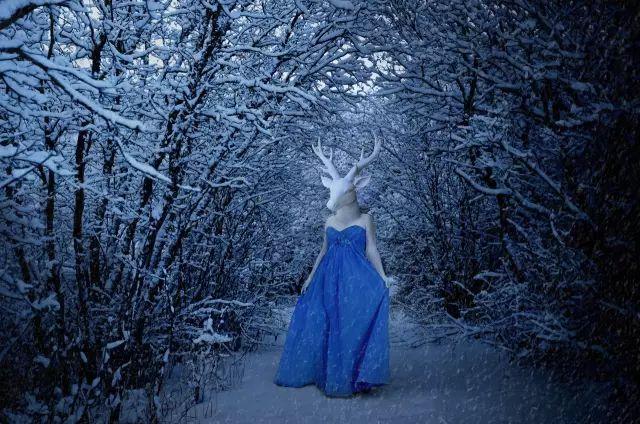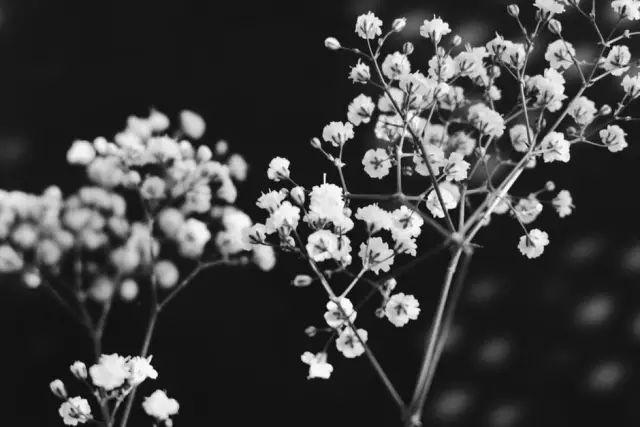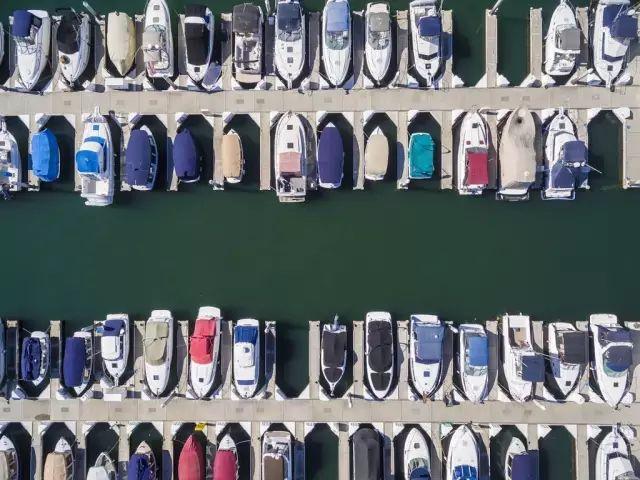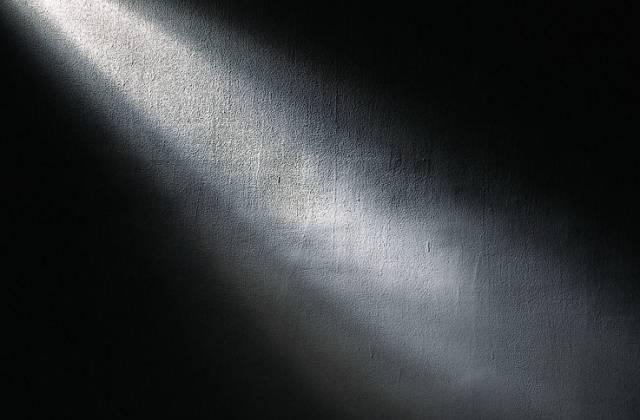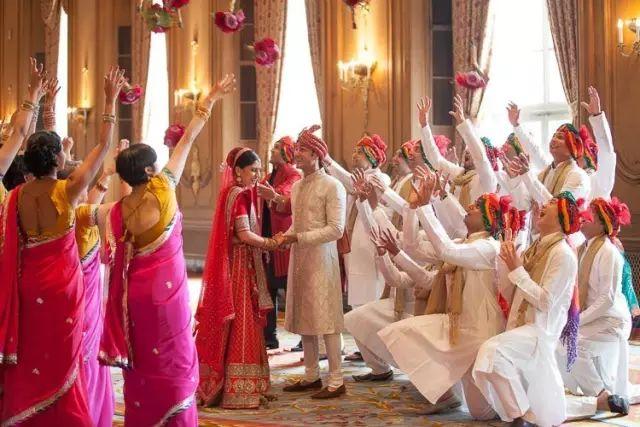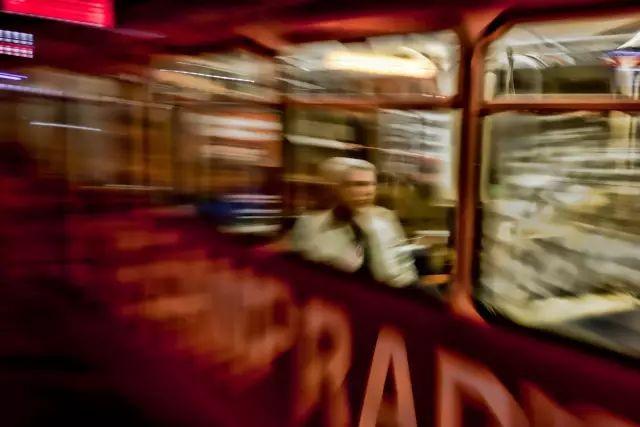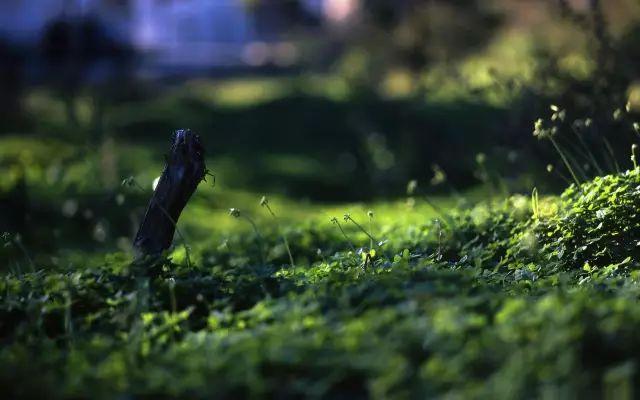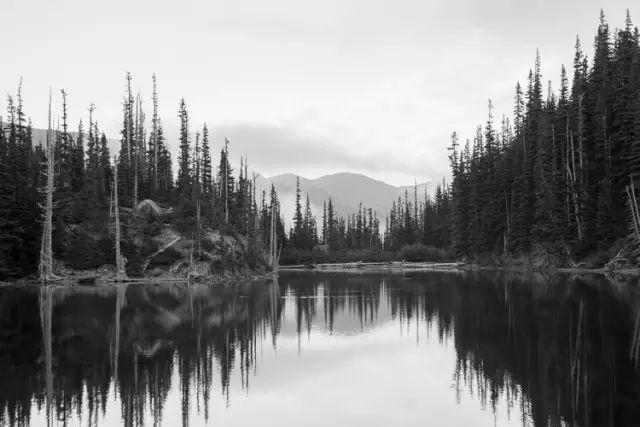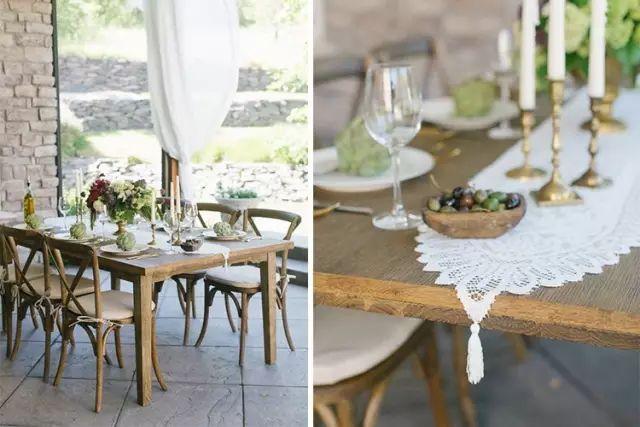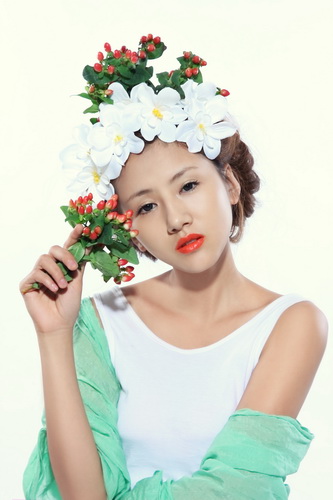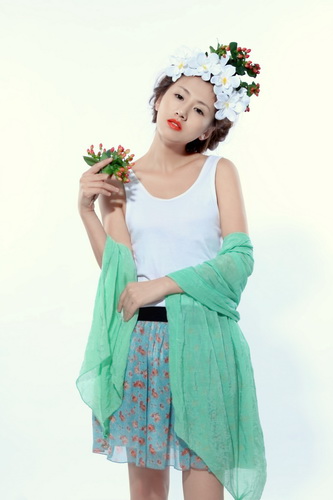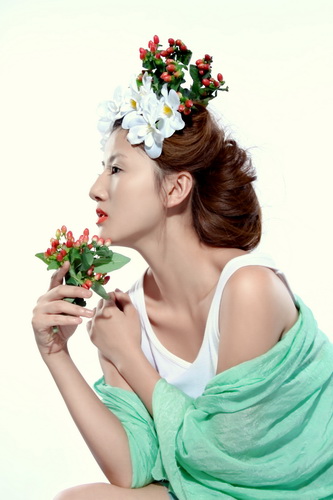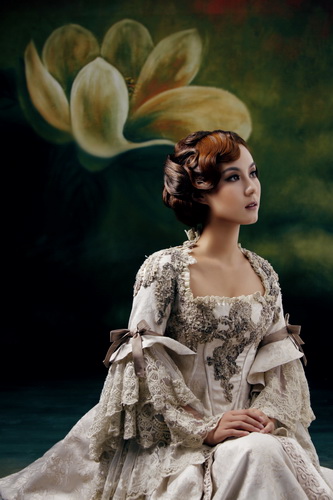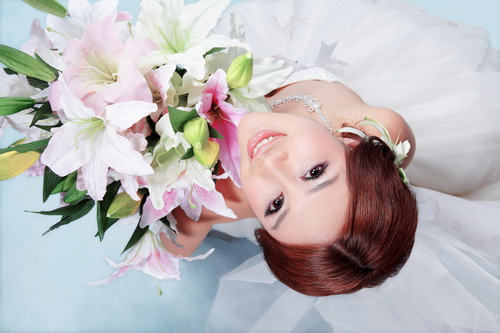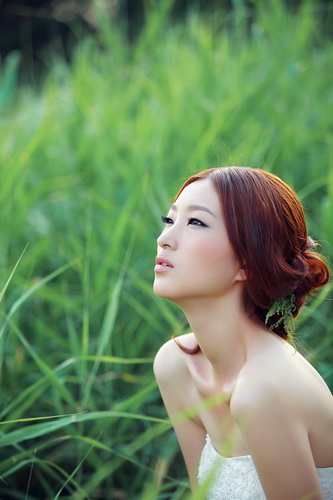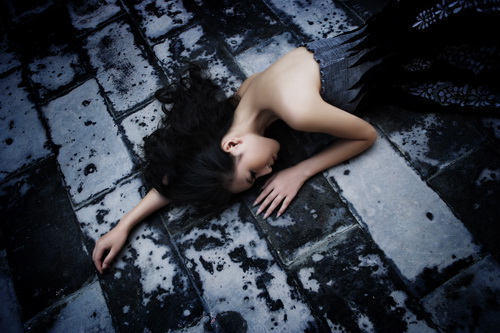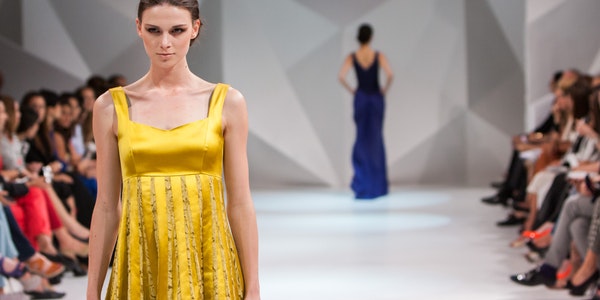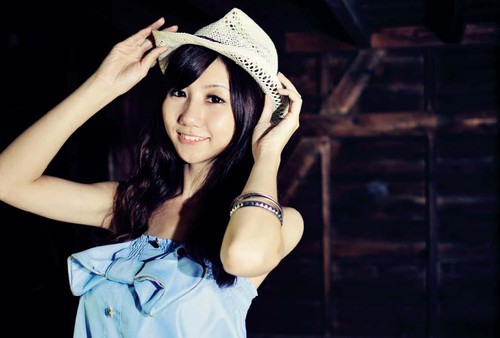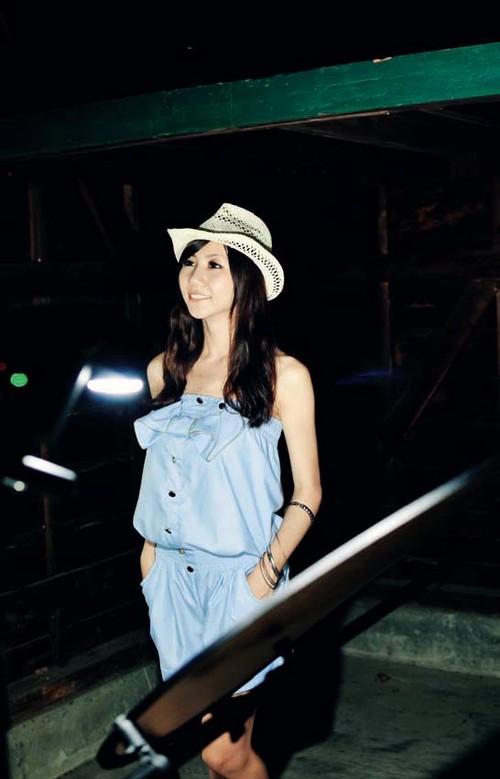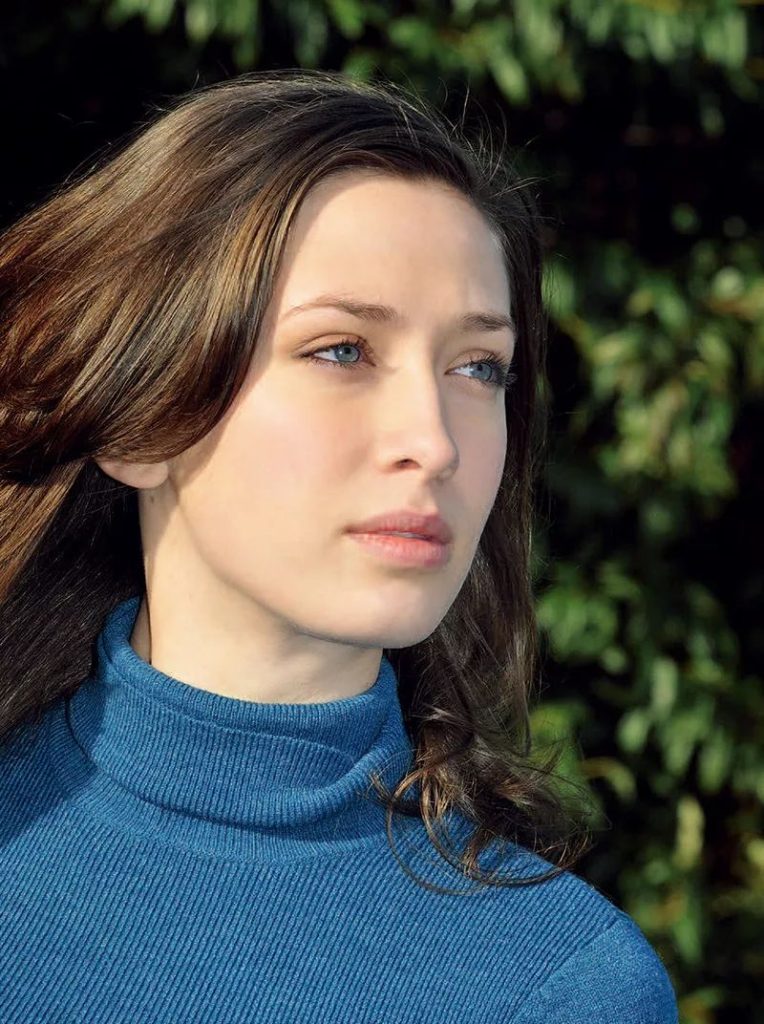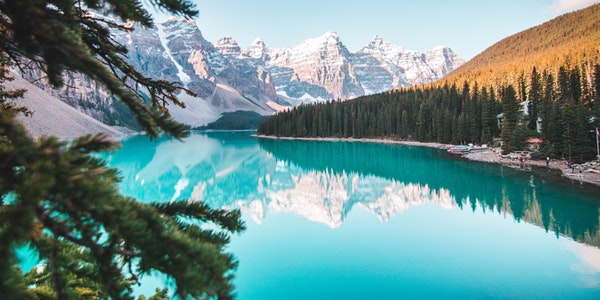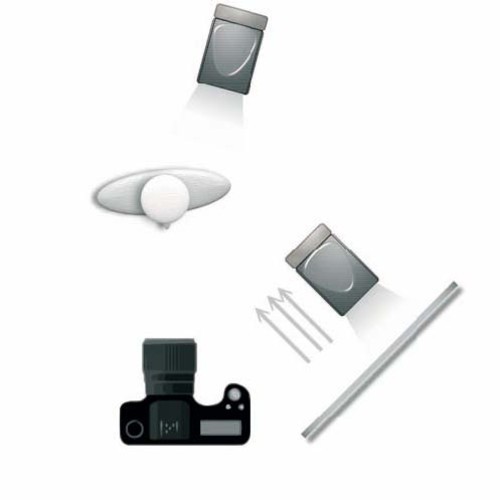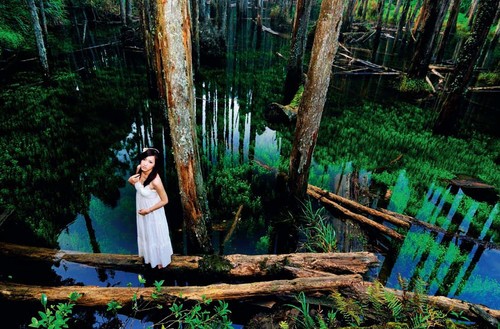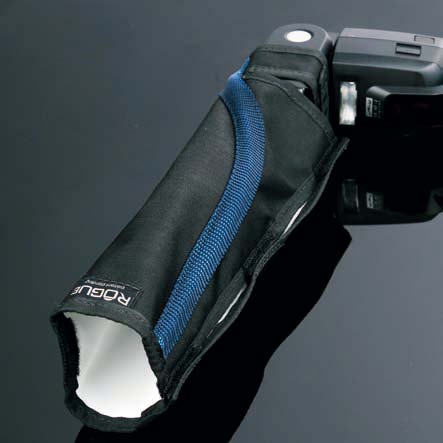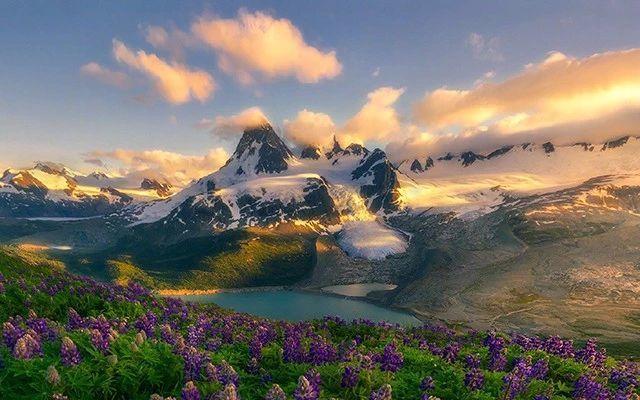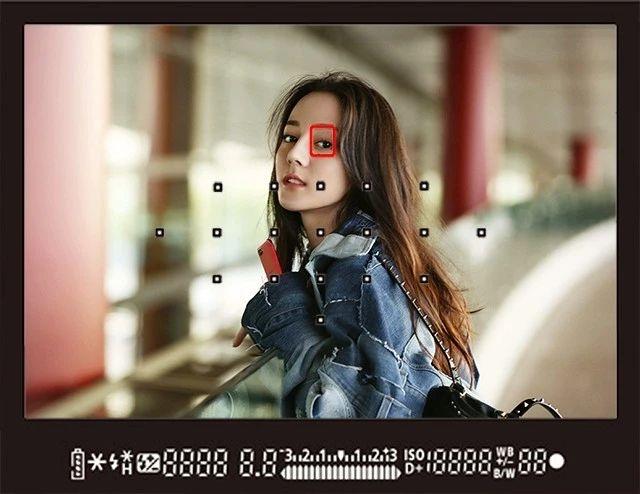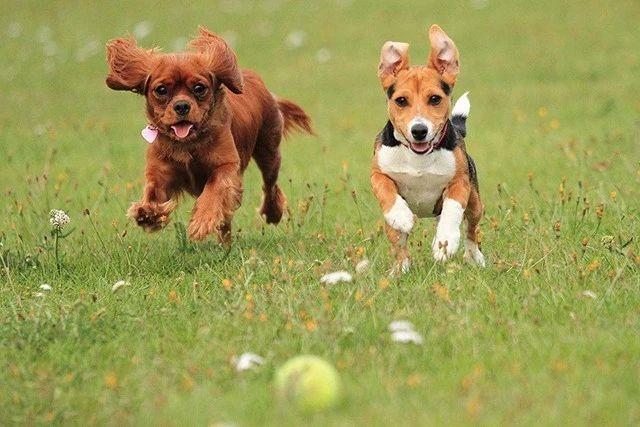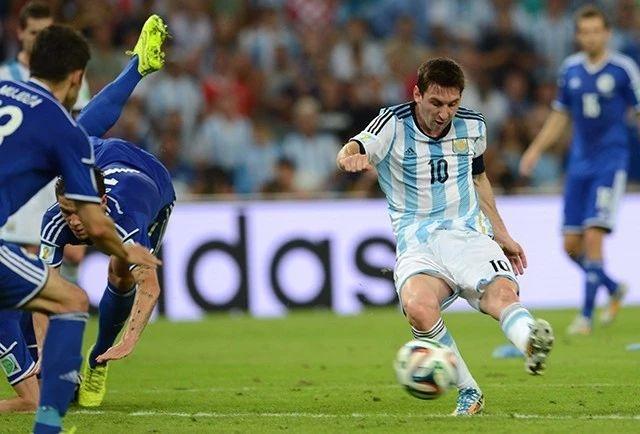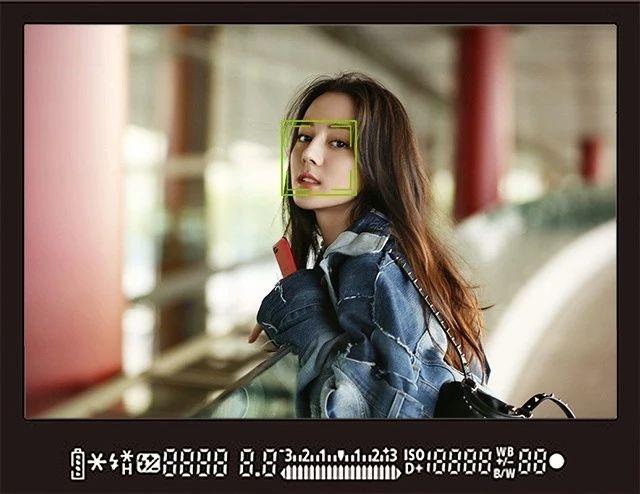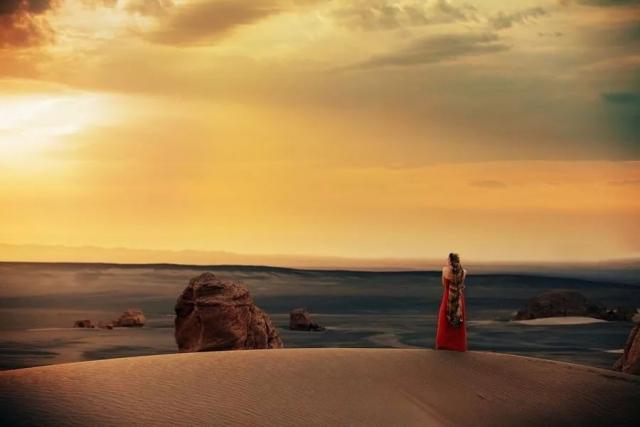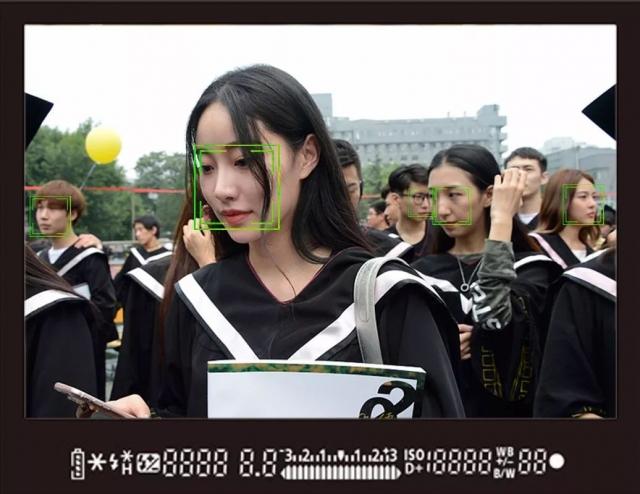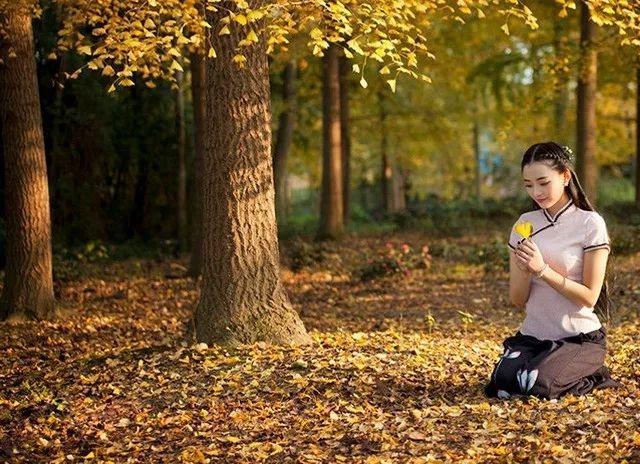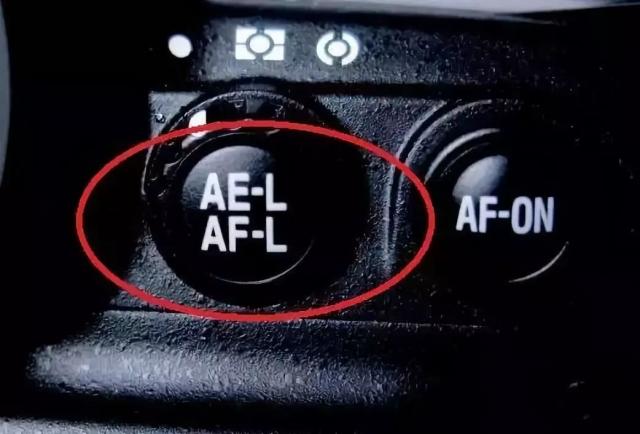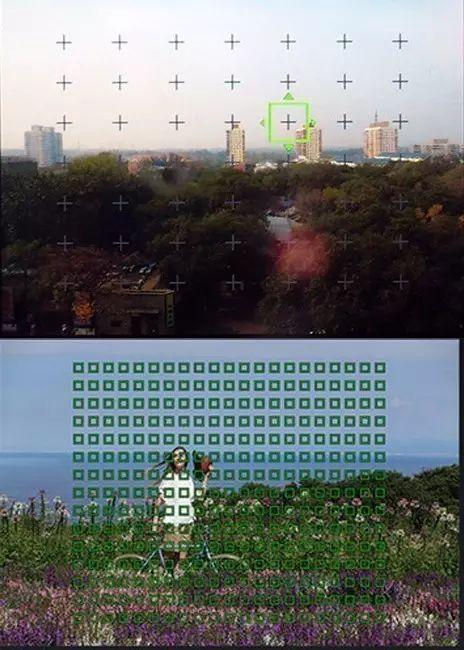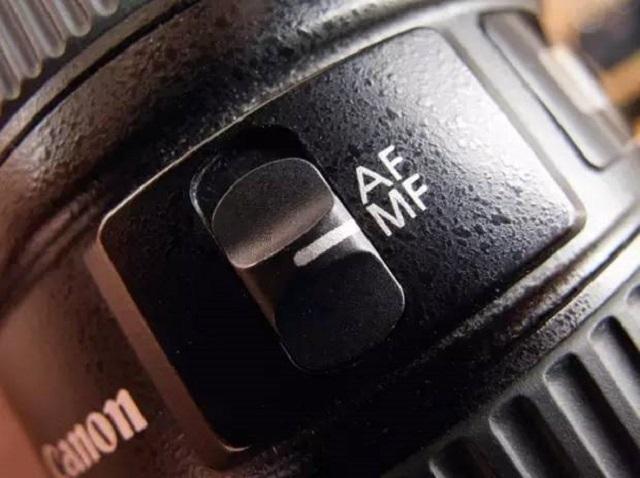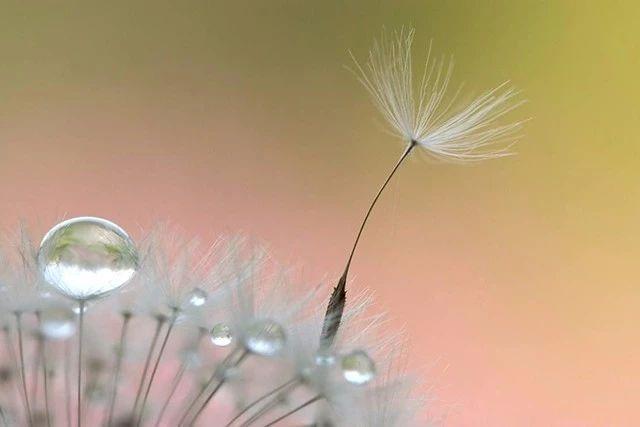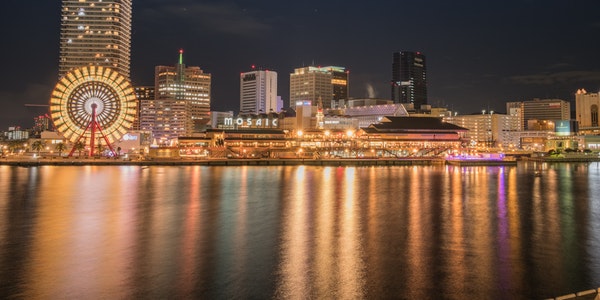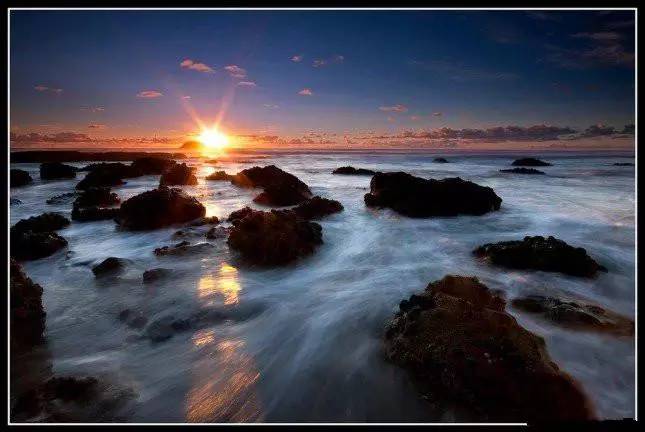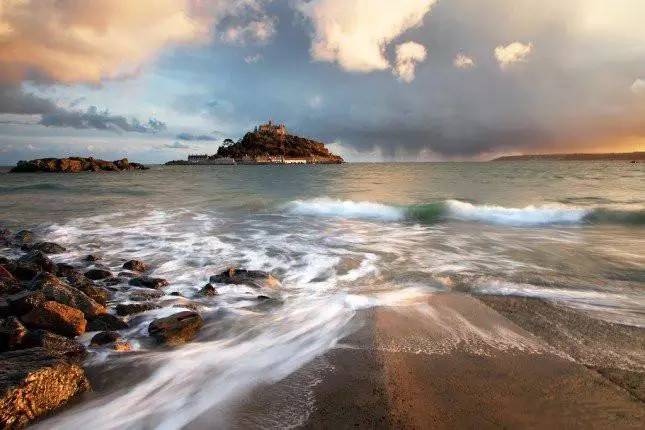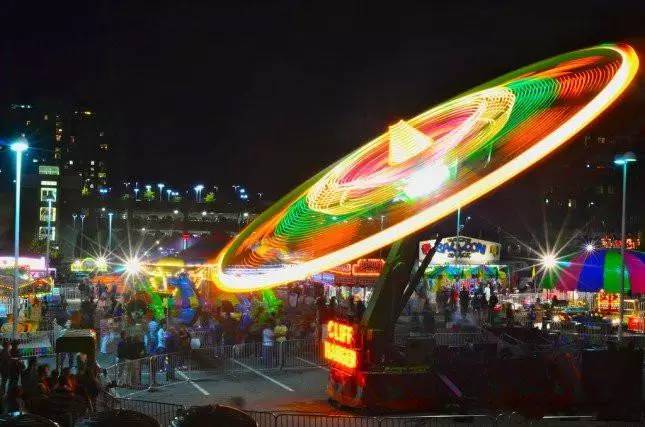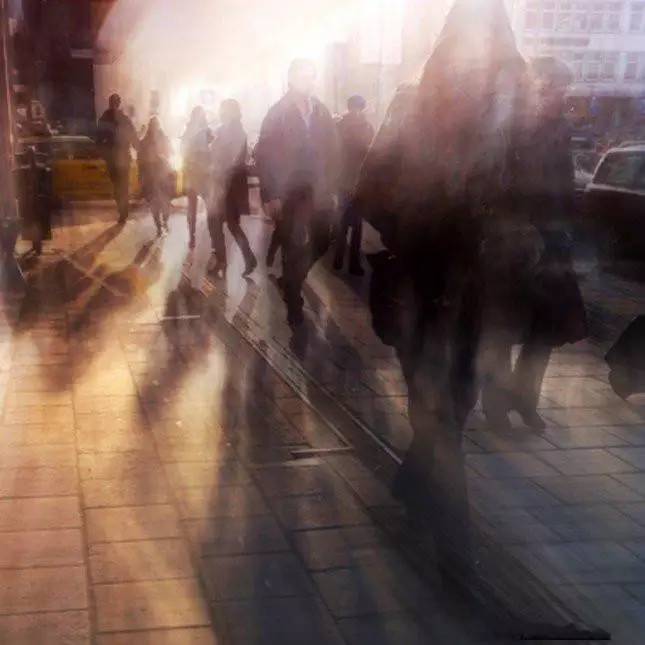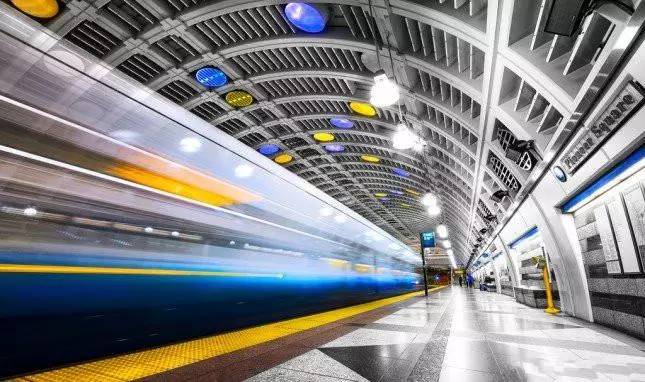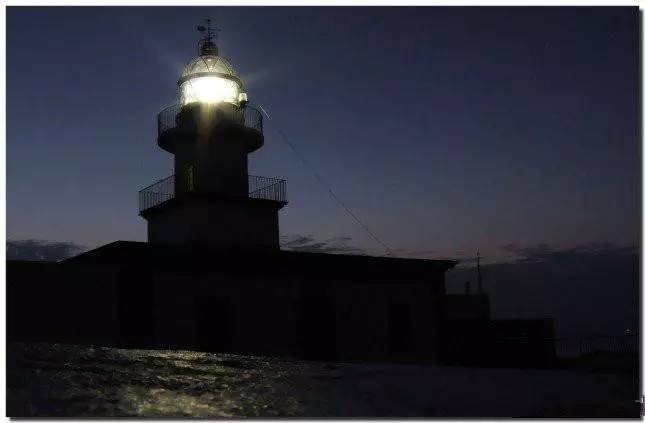1. How to Adjust the Aperture and Shutter Value in different Environments?
Combination of aperture and shutter
Aperture and speed are both devices used to control the amount of light entering the camera, and they are related to each other and constrain each other. When the light is constant, the aperture is opened by one step, and the speed must be increased by one step. When the aperture is reduced by one step, the speed will be slowed down by one step. For example, using aperture 11, the speed is 1/60 second, when the aperture is changed to 8, the speed should be changed to 1/125 second accordingly.
If the speed is changed to 1/30 of a second, then the aperture should be changed to 16 accordingly.
The mutual relationship between aperture and speed can be expressed by exposure combination: aperture 8, speed 1/125 sec; aperture 11, speed 1/60 sec; aperture 16, speed 1/30 sec. Choose one of the exposure combinations, and for a given light, the camera will get the same amount of exposure.
Choosing an exposure combination according to different shooting needs is one of the important basis for controlling accurate exposure. When shooting, is the shutter speed or the aperture factor determined first? This should be determined by the specific situation of the subject and the creative intention of the photographer.
Generally speaking, accurate exposure is only one aspect of taking a good photo. If a photographer wants to give full play to his creative consciousness, he should flexibly master the exposure combination of aperture and shutter speed.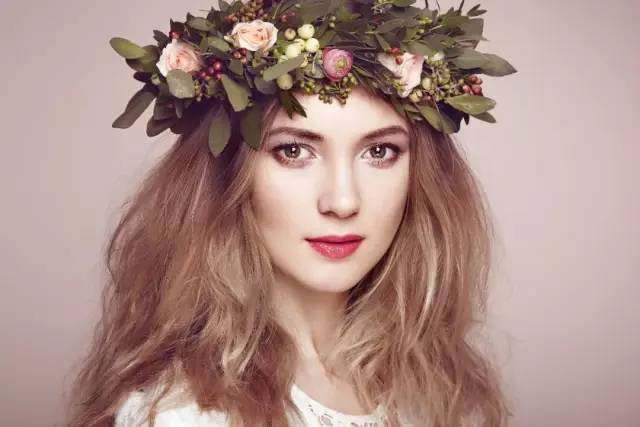
The respective functions of aperture and speed
Aperture and speed have the function of jointly controlling accurate exposure, and each has its own “professional division of labor”. The aperture controls the depth of field, and the speed “freezes” moving objects on the film. According to the shooting requirements, in order to expose the film accurately, the photographer must learn to choose the appropriate exposure combination.
If you are shooting moving objects, if you want to make the photos clear, you must first choose a shutter speed that can capture the moving objects, and then match the corresponding aperture.
If you want to show a certain depth of field of the scene, it is necessary to first determine the size of the aperture, and then match the corresponding shutter speed.
When choosing an exposure combination, the following points can be used as a reference:
① When the object moves fast, the shutter speed should be fast, and the aperture should be correspondingly large.
②If you want to make the depth of field of the photo large, the aperture needs to be small, and the shutter speed can be slowed down accordingly.
③ The moving direction of the moving object is different, and the shutter speed is also different. Objects passing across the front of the camera generally require a faster shutter speed. For objects moving towards the camera or away from the camera, the shutter speed can be slower.
④ Shooting moving objects, with the change of distance, the shutter speed should also change accordingly. The closer the distance, the faster the shutter speed.
⑤ The camera lens used has a long focal length and the shutter speed should be correspondingly fast.
⑥ Use additional lenses for photography, such as color filters, teleconverters, etc., to increase exposure appropriately.
Use of natural light
The brightness of sunlight varies with seasons, climates, and the latitude of the earth.
In warm tropical regions, the sunlight in summer is twice as strong as in spring and autumn, and 3 to 4 times stronger than in winter. On a sunny day in summer, at eight or nine in the morning and four or five in the afternoon, the brightness of the light is roughly the same. In winter, from 9 am to 3 pm, the brightness of the light does not change much during the period. Before and after sunrise in the morning and before and after sunset in the evening, the light intensity is only 1/10 of that at noon.
The intensity of light varies throughout the day. Strong sunlight, thin cloudy sunny day, cloudy sunny day, and cloudy day, the strong change of light between them can be understood as follows: the light of a cloudy and sunny day is twice as strong as that of a cloudy day, and the light of a thin cloudy sunny day is twice as strong as that of a cloudy and sunny day. If you use a constant shutter speed, the aperture is 5.6 on cloudy days, 8 should be used on cloudy and sunny days. And 11 should be used on thin cloudy and sunny days.
If you use a constant aperture, the shutter speed used on cloudy days is 1/30 of a second, on cloudy and sunny days, it can be increased to 1/60 of a second. And on a sunny day with thin clouds, it can be increased to 1/125 of a second.
Weather changes are capricious and sometimes subtle. The above changes can be used as a reference for the exposure of photos taken in outdoor natural light.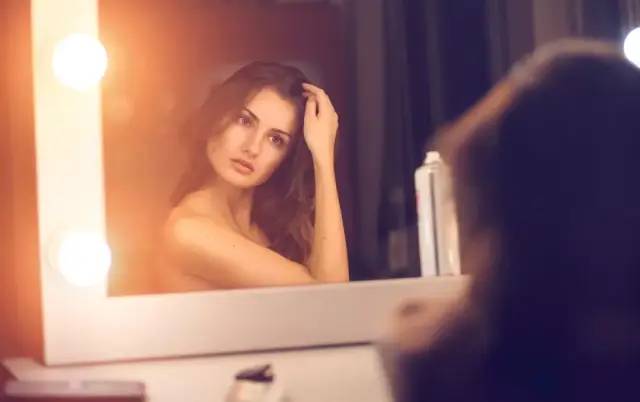
Subject reflections
Different subjects have different intensity of reflected light. Bright scenes and dark scenes cannot be exposed the same under certain lighting conditions. Generally, bright scenes are more exposed than bright scenes, and dark scenes are more exposed than ordinary bright scenes.
What is a bright scene? Such as the seashore, snow, milky white buildings, people wearing light-colored clothing, etc., can be viewed as bright scenes. A gray scene can be viewed as a generally bright scene. Scenes under the shade of trees, dark buildings, and people wearing dark or dark red and dark green clothing can be viewed as dark scenes.
This kind of bright and dark performance is often not very obvious. When the photographer controls the exposure, he must learn to grasp the subtle changes in the light and dark of the actual scene and treat them differently.
The photos taken in the backlight should increase the exposure by 1-2 levels compared with the side-light photography. And the side-light photography should increase the exposure by 1-2 levels compared with the front-light photography. For example: use 1/125 sec and 8 apertures to take photos with the light. For side-light photography, if the light conditions remain unchanged, you should switch to 1/60 second, 8 aperture, or 1/125 second, 5.6 aperture. Use a slower shutter speed or a larger aperture for backlit photos.
There are many factors to be considered in order to master accurate exposure. So when you hold a camera and choose an exposure combination, you should calmly compare the above factors and choose a set of exposure combinations. Don’t face the subject, get excited for some reason, choose the exposure combination and lose sight of the other, causing the exposure mistake and regret it.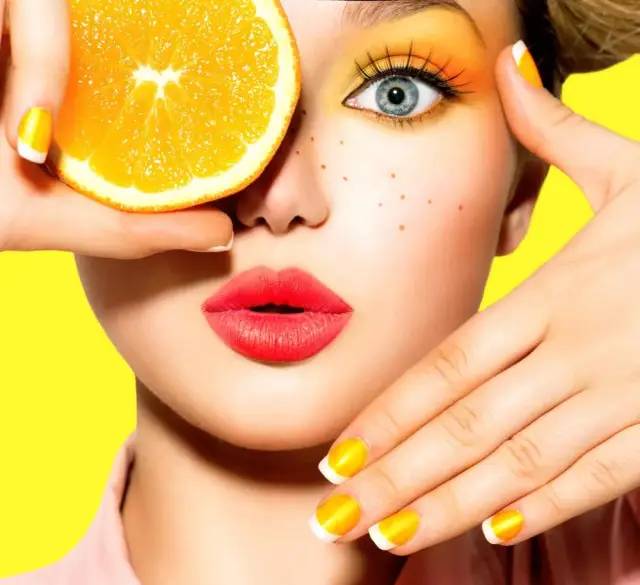
Exposure for indoor natural light photography
In indoor natural light photography, it is difficult to master accurate exposure. Indoor natural light includes the light that is directly injected into the room through doors and windows, the light that is reflected into the room, and the original light in the room. How to get accurate exposure when taking pictures in indoor natural light? In this section, we will discuss the various factors that affect indoor natural light photography and the basic methods of indoor natural light photography.
We’ve covered the various factors that affect accurate exposure outdoors, and the same applies to indoor natural light photography. However, there are some unique factors that affect indoor natural light photography, such as: the influence of sunlight on indoor direct sunlight and reflection, the influence of the number of doors and windows, size and opening direction of the house, etc. Taking pictures in such an environment, if you want to succeed, it mainly depends on the photographer to take more pictures, experiment more, and accumulate more experience. If you can use the side light meter as a staff, you will have a better grasp of accurate exposure.
Shooting indoors often requires artificial lighting due to limited light. In this case, mixing light sources with different color temperatures should be avoided. Indoors with low natural light, the aperture used is generally larger and the shutter speed is slower. Therefore, the photographic equipment used can choose a camera with a larger aperture. And the photosensitive film can be ISO200/24° or ISO400/27° fast film. Also a tripod and shutter release can be provided as much as possible.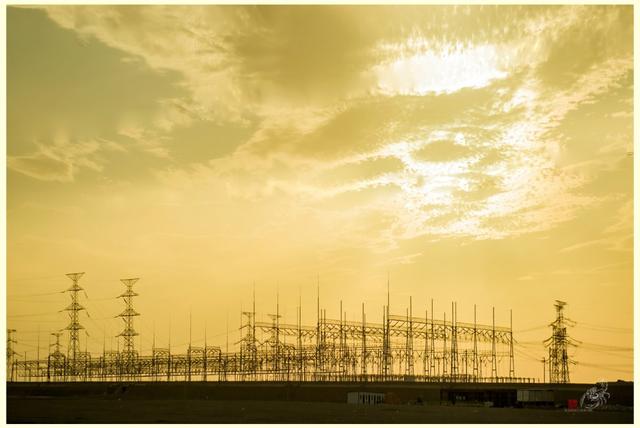
Exposure for artificial light photography
Artificial light photography refers to the use of artificial light sources for indoor photography, such as iodine tungsten lamps, spotlights, ordinary lights, etc. Using artificial light source to take pictures, to be able to accurately control exposure, the factor to be considered is the brightness of the artificial light source. This is determined by the number of lights, the level of illumination, and the distance of the subject from the lights.
There are also factors such as the ability of the subject to reflect light, the influence of the surrounding environment, etc. If it is a certain light distance and aperture, 100 watts of light illumination, the exposure takes 1/30 of a second, then switch to 200 watts of light, and the exposure only takes 1/60 of a second. This shows how many times the lumen of the lighting light is increased. And how many times the exposure time can be reduced accordingly.
The distance of the subject from the light determines the amount of exposure. To estimate accurately, apply the inverse square law calculation. If the distance between the subject and the light is changed from 5 meters to 1 meter, the light received by the subject is increased by 25 times. And the exposure should be reduced to 1/25 of the original.
Using artificial light photography, mastering accurate exposure is only one aspect. It also has a problem of how to set the light. In color photography, there is also the issue of the color of artificial light. In general, artificial light can impart color casts to daylight-type color films.
How to master accurate exposure in artificial light photography, the above are just tips, but also experience in practice. When there is a certain amount of experience accumulated, it is not difficult to accurately grasp the exposure.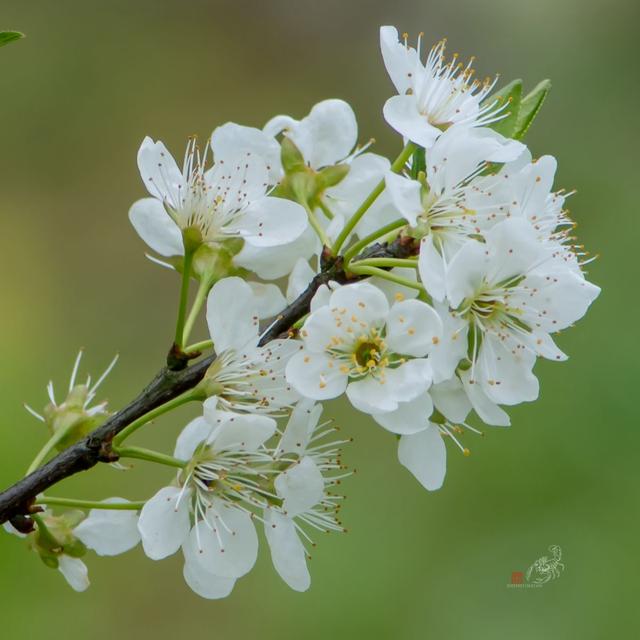
Flash
Flash is an artificial light source commonly used by photographers. It is easy to carry and use, and is not limited by day and night and space.
(1) The general performance of the flash and its light characteristics
It has been 100 years since 1887, when burning magnesia powder was first invented for photographic lighting. With the development of modern technology, flashlights are becoming more and more perfect. And there are more and more types of flashlights. No matter what kind of flash it is, from its appearance, it generally has two parts: power supply and flash. The power supply part consists of
Batteries, transformers, capacitors. The flash part includes flash tube and fixed reflector, light handle, switch and other components.
At present, the flash tube of the flash can flash multiple times, so it is also called a thousand-time flash. Some can automatically control the light output of the flash, and adjust the output light output arbitrarily. Some flashes can adjust the beam angle it emits to adapt to the different lighting needs of wide-angle lenses, standard lenses and medium-telephoto lenses.
Generally, the flash is taken with a standard lens, and the light needs to be designed. It emits a beam angle of 50 degrees. The duration of the flash varies from light to light, some on and off time can be as short as 1/5000 second. And some can be as long as 1/120 second. That can basically meet the needs of all levels of shutter speeds in the mirror.
(2) Photosensitive control circuit flash
The photosensitive control circuit flash composed of integrated circuits and blue silicon transistors can control the amount of light emitted by the flash according to the change of shooting distance and the strength of the subject’s reflective ability. The distance is short, the reflection ability is strong, and the flash time is short. The longer the distance, the weaker the reflection ability, and the longer the flash time on and off. In short, the 10,000-time flash has the characteristics of brightness, strong adaptability, wide application, high speed, economical convenience. And is widely used by many photographers.
The light characteristics of the flash are:
①High brightness,
②The direction is controlled by the photographer,
③ The color of the light is similar to that of sunlight.
(To Be Continued)
